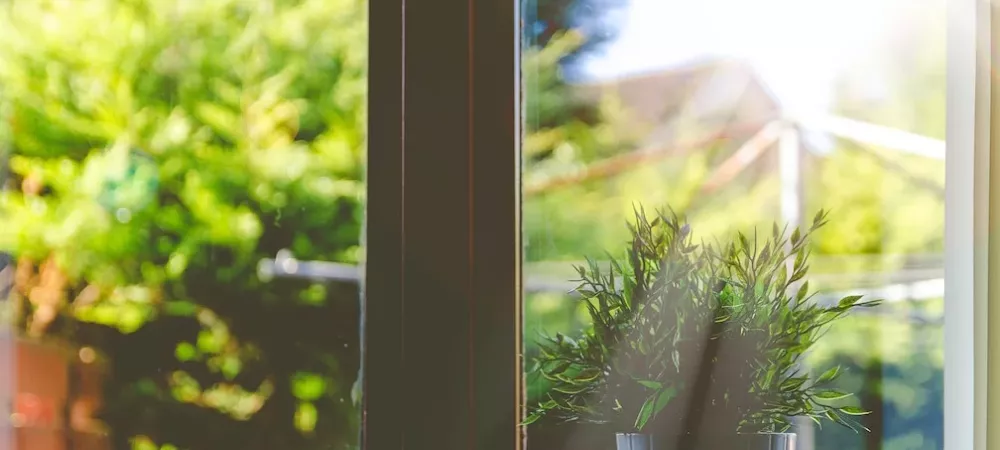The Difference Between Dampwood Termites and Drywood Termites

You probably also know that they are happy to get their fill of this food source from your home, which can cause some expensive (and potentially structurally dangerous) damage as a result. But did you know there are actually multiple different types of termites you should be on the lookout for?
Yes, there are multiple distinctly different wood-loving termites you can find in your home, but this article will discuss two of them: dampwood and drywood termites. They share some things in common, and you definitely don’t want to deal with either type, but let’s go over some of the differences between the two species.
You are much more likely to see one type over the other
For starters, drywood termites are common in the central valley and residential homes. Dampwood termites are more common along the coast where the air is damp and do not tend to infest homes unless there is actually damp wood, like from a water leak.
Size matters
Both types of termites are small, but dampwood termites are nearly double the size of their counterparts. Drywood termites are as large as 12mm in length, while dampwood termites can be twice as big (as much as 25mm total).
What’s in a name?
As their name suggests, dampwood termites prefer wood that is moist, which often means they set up colonies inside of decaying wood. Therefore, eliminating excess moisture from inside the home (such as a leaky attic or areas with leaky pipes) is a great way to prevent them. Drywood termites aren’t attracted to moisture, and therefore are happy to eat away at any structural lumber inside your home. Worse yet, drywood termites can set up separate colonies in different parts of your house.
Identification
If you want to figure out which type of termite you’re dealing with, there are some giveaway signs. Although both species are known to swarm, their fecal matter (referred to as frass) tends to appear in different ways. Drywood termites leave frass in piles near areas where they are active, while dampwood termites tend to leave it inside their living areas or stuck to the walls of the wood they are eating.
